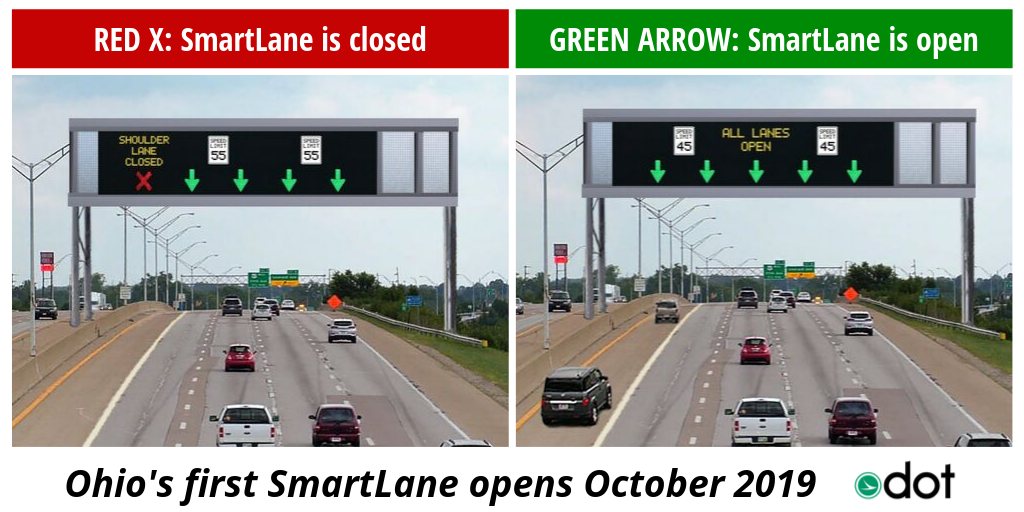In a landmark move, Q-Free has announced its I-670 SmartLane congestion relief project in Columbus, Ohio was successfully migrated to the cloud. Completed through a partnership with one of the most renowned organizations in transportation data sharing and management, Amazon Web Services (AWS), the Ohio Department of Transportation (ODOT) project marks one of the first projects of its kind to move to a cloud-hosted environment.
Transitioning from an on-site server to AWS will help ensure that the I-670 SmartLane system is always online and functioning. In addition, AWS provides scalable, on-demand system resources and enterprise-grade network security.
AWS’s involvement is expected to continue and grow the early success of the six-month-old effort. Early data already show that commute times from downtown Columbus to the east side have been cut in half.
The SmartLane Pilot on I-670 uses Q-Free’s Open TMS advanced traffic management system to provide operators with weather, speed, radar, and camera data to help manage shoulder lanes and relieve congestion. The strategy, called hard shoulder running, or HSR, is extensively used throughout Europe but is relatively new to the United States.

“With our experience in Europe, we’ve seen how HSR can make a huge difference in relieving congestion and we brought that knowledge to this project,” said Tom Phillips, PMP, Executive Vice President of Q-Free’s Inter-Urban Division. “It’s a customized solution using several Q-Free OpenTMS modules to dial in the appropriate level of information at the right time.”
The project originated when ODOT approached Q-Free to address a daily afternoon backup on I-670, as commuters head out of Columbus to the surrounding suburbs. “It’s a predictable and frustrating problem,” said Phillips. “The area is landlocked with no room for highway expansion and that’s where Q-Free’s technology really shines. The cost differential in increasing traffic capacity through technology rather than road-widening is dramatic. According to estimates by the state, this program has saved Ohio taxpayers more than $70 million dollars—and that doesn’t even factor in the massive inconvenience and legal implications of acquiring right-of-way in a land-locked area.”
The Q-Free algorithm provides a level of artificial intelligence but the decision to open or close the shoulder is squarely in the hands of operations staff. Opening a lane by using HSR gives the roadway about 20-25% more capacity and initial data suggest a dramatic reduction in congestion and commute times. “To be part of an Ohio DOT project in Columbus, designated by the U.S. government as America’s first Smart City, is a real honor and we are thrilled with the early results,” said Phillips.
The solution is also pushing out data to traveler information systems and vehicles equipped with smart technology to give citizens more decision-making information, but it won’t stop in Columbus. ODOT is also using this technology to manage traffic in snowstorm whiteout conditions along 30 miles of I-90 on Lake Erie.
“It’s definitely a solution that is replicable and customizable to deliver similar improvements to other states throughout the country,” said Phillips.





